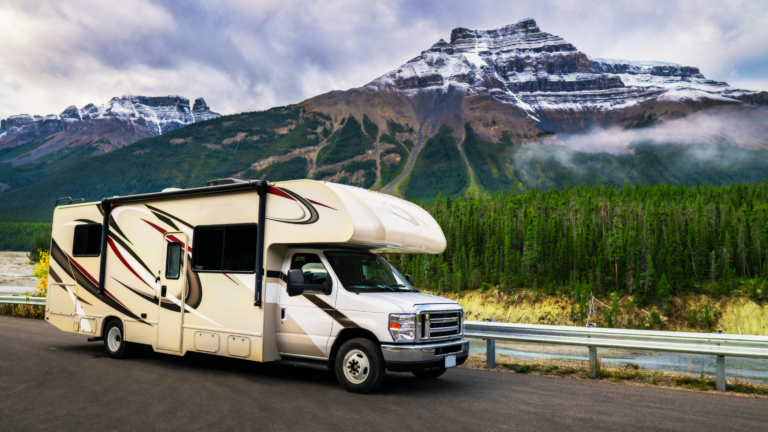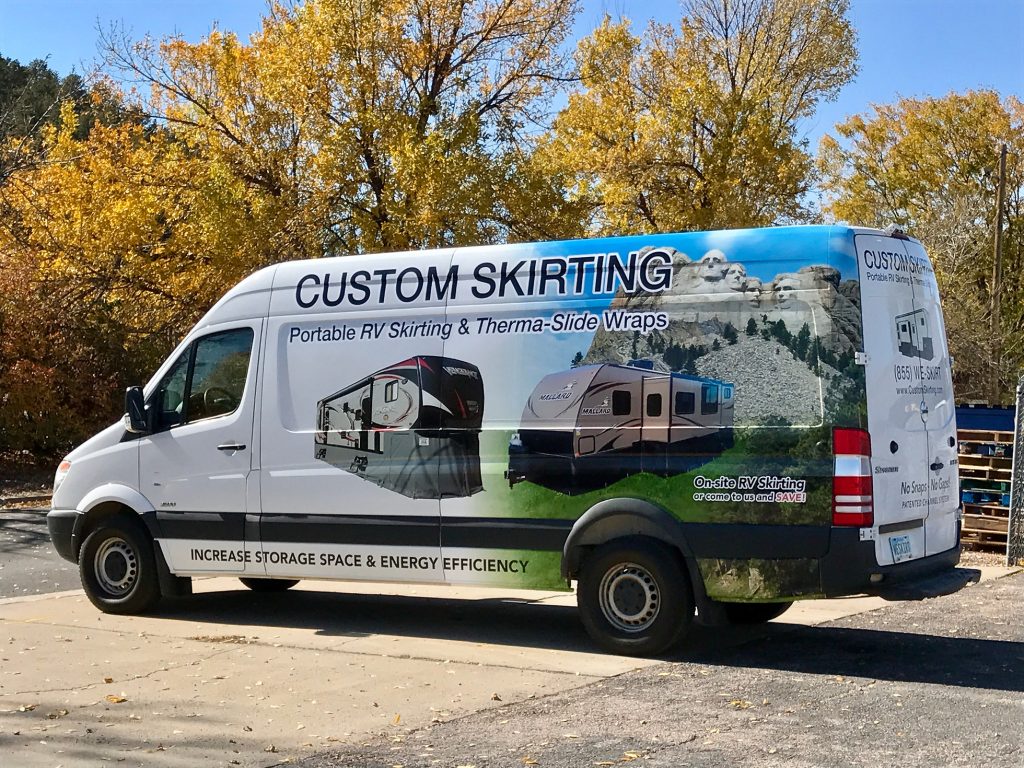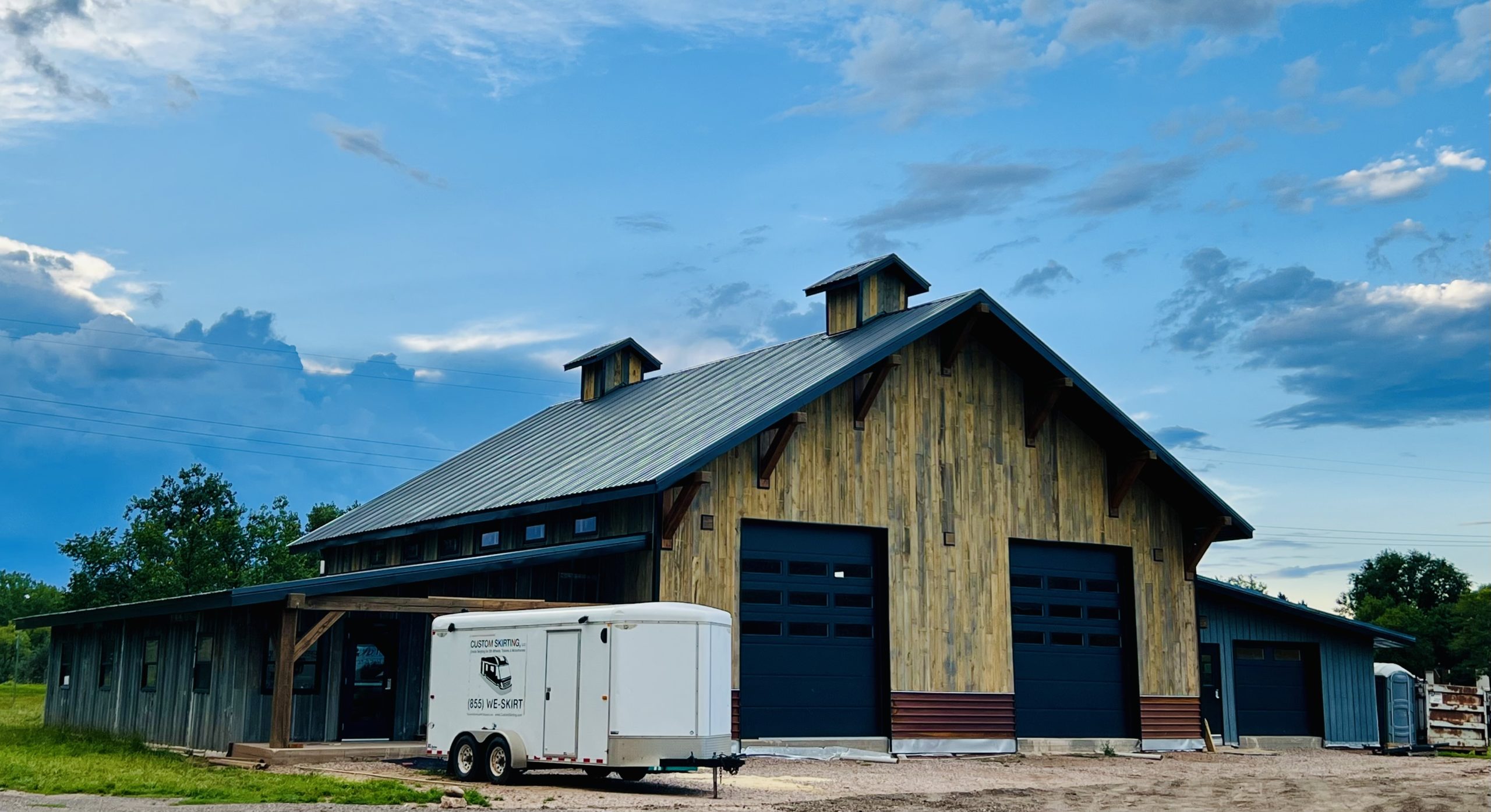Table of contents
Understanding RV length restrictions by state is crucial for anyone planning to hit the open road with their recreational vehicle. Whether you’re a seasoned RV enthusiast or a newcomer to the camper lifestyle, knowing the max RV and trailer length by state is essential to ensure a safe and legal journey. But how long is an RV, really? And how do RV laws by state affect your travel plans? This guide will explore these questions and more, helping you navigate the varying maximum towing length by state regulations. From the intricacies of measuring your RV’s length to understanding the restrictions in national and state parks, this article will equip you with the knowledge you need to avoid potential roadblocks on your adventures.
Understanding RV Length Measurements
Before diving into the specifics of RV length restrictions by state, it’s important to understand how RV length is measured. This knowledge is key to ensuring compliance with RV laws by state and avoiding any surprises on the road.
Exterior vs. Interior Length
When discussing how long an RV is, it’s important to distinguish between exterior and interior lengths. The exterior length is the measurement from the front bumper to the rear bumper, including any accessories like ladders or spare tires. On the other hand, the interior length only accounts for the living space within the camper, excluding the engine compartment, storage compartments, and other non-living areas. For legal and compliance purposes, most states consider the exterior length when determining max RV and trailer length by state.
Impact of Slideouts
Slideouts are a popular feature in many campers, providing additional living space when parked. However, they also impact the overall length of your vehicle. When extended, slideouts can add several feet to the width of your RV, but they don’t typically affect the length. Nevertheless, it’s important to know whether the maximum towing length by state includes the slideouts, especially if they encroach on adjacent traffic lanes or parking spaces.
Towing Combinations
For those towing a travel trailer or fifth wheel, the length of your tow vehicle must be factored into the total length calculation. The combined length of your RV and tow vehicle can significantly exceed the standalone length of the RV itself. When assessing RV laws by state, always consider the full length of your towing setup to ensure you remain within the legal limits.
Maximum RV Lengths by State
Now that we’ve covered the basics of RV length measurements, let’s take a closer look at RV length restrictions by state. These regulations vary widely across the country, so it’s crucial to check the specific laws in each state you plan to visit. The following table provides a general overview of the max RV and trailer length by state:
| State | Max RV Length | Max Towing Combination |
|---|---|---|
| Alabama | 45 feet | 65 feet |
| Alaska | 40 feet | 75 feet |
| Arizona | 45 feet | 65 feet |
| California | 40 feet | 65 feet |
| Colorado | 45 feet | 70 feet |
| Florida | 45 feet | 65 feet |
| Georgia | 40 feet | 60 feet |
| Idaho | 45 feet | 75 feet |
| Illinois | 42 feet | 60 feet |
| Michigan | 45 feet | 65 feet |
| Nevada | 45 feet | 70 feet |
| New York | 40 feet | 65 feet |
| Oregon | 45 feet | 65 feet |
| Texas | 45 feet | 65 feet |
| Washington | 40 feet | 60 feet |
While this table provides a general idea of the maximum towing length by state, it’s essential to consult each state’s Department of Motor Vehicles (DMV) or highway patrol for the most accurate and up-to-date information. Some states may have additional restrictions based on the type of road, the vehicle’s weight, or other factors.
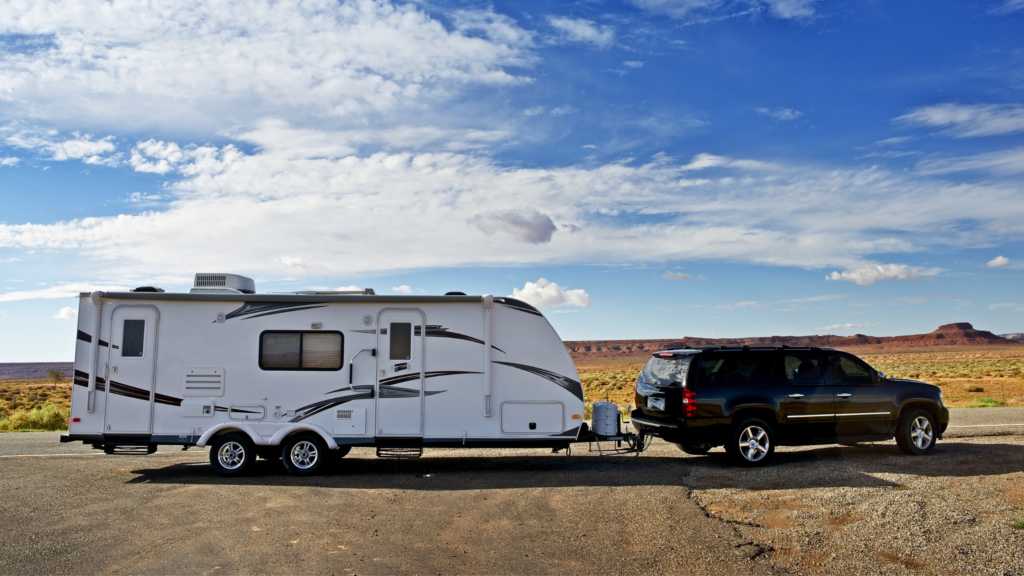
Factors Affecting RV Length Restrictions
Several factors contribute to the RV length restrictions by state. Understanding these factors can help explain why certain states have stricter or more lenient regulations than others.
Road Infrastructure
The quality and design of road infrastructure play a significant role in determining max RV and trailer length by state. In states with narrow roads, tight curves, or limited shoulder space, campers may face stricter length restrictions to ensure the safety of all road users. For instance, mountainous regions often have tighter restrictions due to sharp turns and steep inclines.
Bridge Clearances
Bridge clearance is another critical factor. In areas with low bridge clearances, campers that exceed certain lengths may be prohibited to avoid accidents. States with older infrastructure might have more restrictive laws to account for these limitations.
Traffic Safety Considerations
Traffic density and safety are also major considerations in RV laws by state. Heavily populated states with congested roadways, such as New York and California, tend to have stricter length restrictions to reduce the risk of accidents. Conversely, rural states with less traffic may allow longer campers on their roads.
RV Length Restrictions in National and State Parks
Beyond the general RV length restrictions by state, RV owners must also be mindful of size limitations within national and state parks. These parks often have stricter regulations due to the natural landscape, campground design, and environmental preservation efforts.
National Parks
Many national parks have RV length limits ranging from 25 to 40 feet. For example, Yellowstone National Park restricts campers to a maximum length of 40 feet in some campgrounds, while others only accommodate campers up to 30 feet. The variation in length restrictions depends on the specific campground and the availability of larger sites. Before planning your trip, it’s wise to check the official website of the national park you intend to visit or contact the park office for details on RV size limits.
State Parks
State parks, like national parks, often have varying length restrictions based on the park’s layout and the age of its facilities. Some older state parks may only accommodate campers up to 30 feet, while newer parks may allow campers up to 45 feet. For instance, in California, state parks typically limit campers to 30 feet, but some parks may have exceptions.
If you’re looking for a full list of RV length restrictions in National Parks, visit our blog with the complete guide.
Tips for Navigating RV Length Restrictions
Adhering to RV length restrictions by state is essential for a smooth and enjoyable travel experience. Here are some practical tips to help you navigate these restrictions:
Plan Your Route in Advance
One of the best ways to avoid issues with RV laws by state is to plan your route ahead of time. Use mapping tools or apps specifically designed for camper travel, which can help you identify roads and areas with length restrictions.
Use RV-Specific GPS Systems
Investing in a camper-specific GPS system can save you from accidentally entering areas where your camper is too long. These systems take into account the size and weight of your camper, guiding you along routes that accommodate your vehicle.
Consider Alternative Campgrounds
If you find that a national or state park has strict length restrictions that your camper doesn’t meet, look for alternative campgrounds nearby. Many private RV parks offer more lenient size accommodations and may even provide additional amenities.
Know Your RV’s Exact Measurements
Understanding exactly how long your camper is—including any slideouts and tow vehicles—is critical. Keep a record of your campers measurements in both feet and meters, and always have this information readily available when planning your trips.
Handle Length Overages Wisely
If you inadvertently end up in an area with length restrictions that your RV exceeds, it’s important to handle the situation carefully. Do not attempt to continue if it compromises safety or legal compliance. Instead, find a safe location to turn around or park and consult local authorities for guidance.
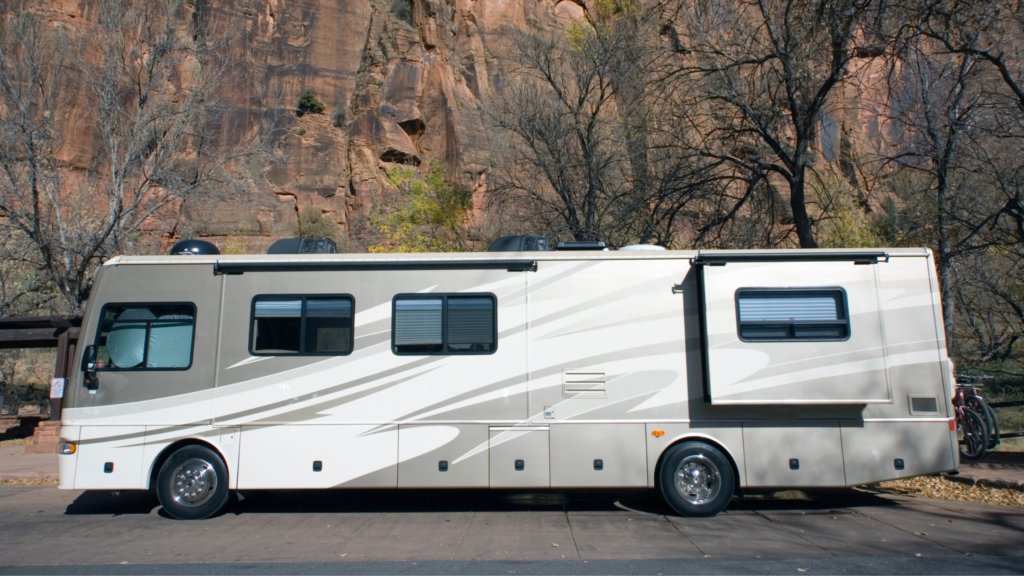
Additional Considerations for RV Travel
In addition to RV length restrictions by state, camper owners should be aware of other regulations that may impact their travel plans.
Speed Limits
Speed limits for campers can vary by state, with some states enforcing lower limits for larger vehicles. It’s important to research speed limits in the states you’ll be traveling through and adhere to them for safety and compliance.
Required Safety Equipment
Different states have different requirements for safety equipment, such as brake lights, reflectors, and tow mirrors. Ensure your camper is equipped with all necessary safety features to avoid fines or accidents.
Passenger Regulations
Some states have specific regulations regarding where passengers can ride in an RV. For example, in certain states, passengers are not allowed to ride in a travel trailer while it is being towed. Knowing these rules can help you avoid legal issues and keep everyone safe on the road.
Plan Your Stay in South Dakota: The Perfect RV Destination
When traveling through South Dakota, ensure your camper adventure is as seamless as possible by booking a stay at Black Hawk Creek RV Park & Cabins. Located near top attractions like the Badlands, Mount Rushmore, and Rapid City, our year-round park provides a convenient and comfortable base for all your explorations. After navigating state-specific RV length restrictions, you’ll want a hassle-free place to rest—let Black Hawk Creek RV Park be that place.
Reserve your spot today and experience South Dakota like never before!



